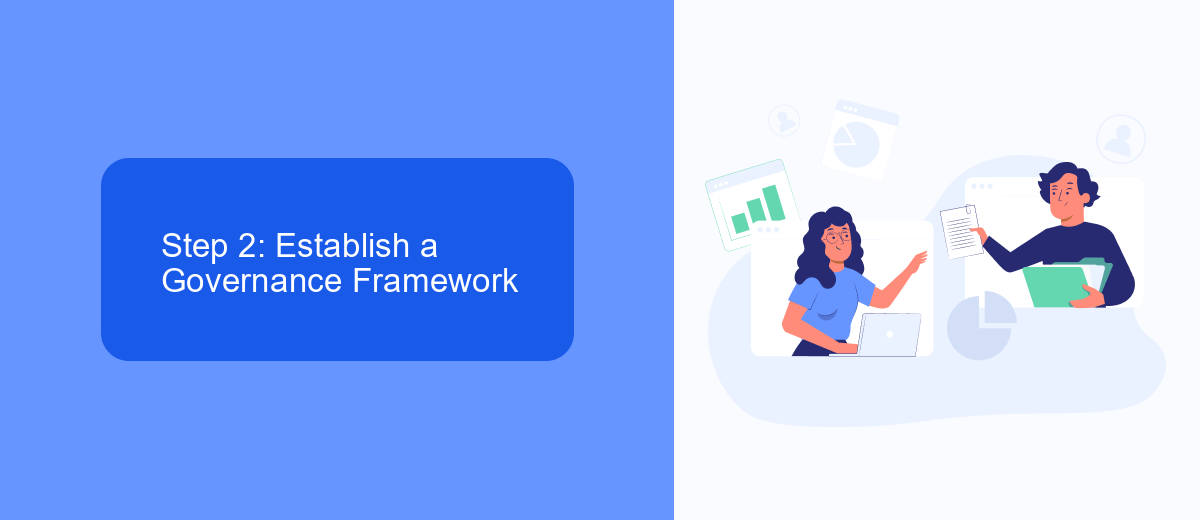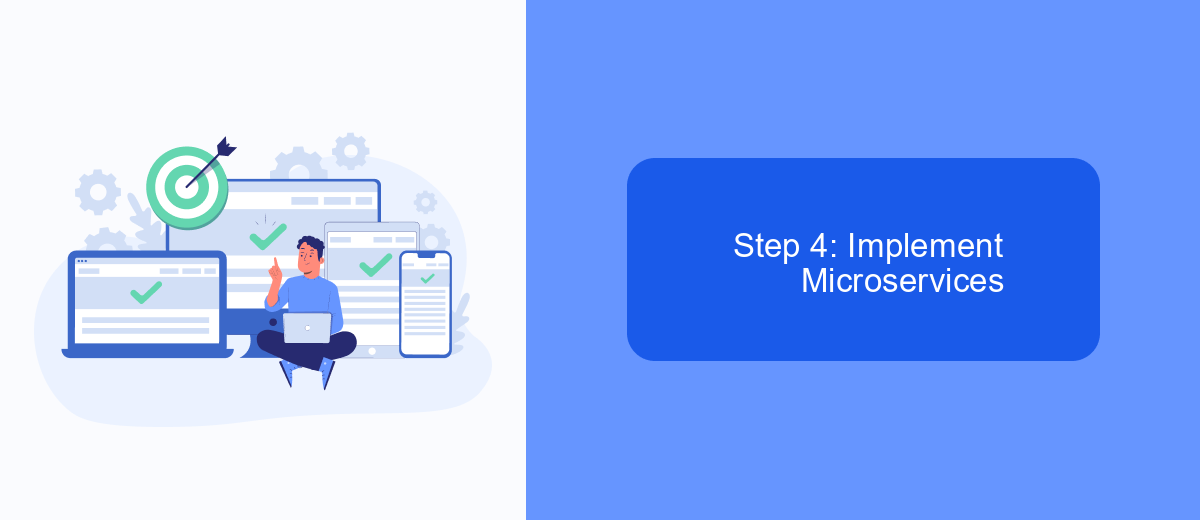According to MuleSoft, the first step in any successful integration strategy is understanding the specific needs and goals of your organization. By identifying key objectives and the desired outcomes, businesses can create a tailored approach that ensures seamless connectivity between applications, data, and devices, ultimately driving efficiency and innovation. This foundational step sets the stage for a robust and scalable integration solution.
Step 1: Define Your Integration Strategy
Defining your integration strategy is the cornerstone of a successful digital transformation. Before diving into the technical aspects, it’s crucial to outline a clear plan that aligns with your business objectives. This strategy will serve as a roadmap, ensuring that your efforts are well-coordinated and deliver tangible results.
- Identify your business goals and how integration can help achieve them.
- Assess the current state of your IT infrastructure.
- Determine the key systems and applications that need to be integrated.
- Evaluate potential integration solutions like SaveMyLeads for streamlined processes.
- Set measurable KPIs to track the success of your integration strategy.
By taking these initial steps, you can avoid common pitfalls and ensure that your integration efforts are both efficient and effective. Tools like SaveMyLeads can simplify the process by automating data transfers between various platforms, allowing you to focus on strategic growth rather than technical hurdles. A well-defined strategy sets the stage for seamless integration and long-term success.
Step 2: Establish a Governance Framework

After identifying the initial requirements, the next crucial step is to establish a governance framework. This framework serves as a blueprint for managing and overseeing the integration processes, ensuring that all stakeholders are aligned and that the integration efforts are consistent and secure. A well-defined governance framework includes setting up clear policies, roles, and responsibilities, as well as establishing standards for data quality, security, and compliance. This step is essential to maintain control over the integration lifecycle and to mitigate risks associated with data breaches or non-compliance.
One effective way to implement a governance framework is by leveraging tools and services that facilitate integration management. For instance, SaveMyLeads offers a robust platform that simplifies the integration of various applications and services. By using SaveMyLeads, organizations can automate data transfers and ensure that their integration processes adhere to the established governance policies. The platform's features, such as real-time monitoring and automated workflows, help in maintaining data integrity and compliance, making it a valuable asset in the governance framework.
Step 3: Build and Operate APIs

Once you have designed and secured your APIs, the next crucial step is to build and operate them efficiently. This involves creating robust APIs that can handle the expected load and integrating them seamlessly into your existing systems. Leveraging tools and platforms that simplify this process can significantly enhance your productivity and API performance.
- Develop your APIs: Use API development tools to write, test, and debug your APIs. Ensure they are scalable and maintainable.
- Integrate with existing systems: Utilize integration services like SaveMyLeads to connect your APIs with other software applications, ensuring smooth data flow and operational efficiency.
- Monitor and manage: Implement monitoring tools to track the performance and health of your APIs. This helps in identifying issues early and maintaining optimal performance.
Building and operating APIs is an ongoing process that requires continuous monitoring and optimization. By using the right tools and platforms, you can streamline this process, ensuring your APIs remain reliable and performant. SaveMyLeads, for instance, offers a user-friendly interface and powerful features to help you integrate and manage your APIs effectively, making it an invaluable tool in your API management toolkit.
Step 4: Implement Microservices

Implementing microservices is a crucial step in modernizing your IT infrastructure. This approach enables you to break down monolithic applications into smaller, manageable, and independently deployable services. Each microservice focuses on a specific business function, which enhances scalability and flexibility.
To successfully implement microservices, you need to follow a structured approach. Begin by identifying the core business capabilities that can be transformed into independent services. This will help in defining clear boundaries and responsibilities for each microservice.
- Define microservice boundaries based on business capabilities.
- Choose appropriate technologies and frameworks.
- Implement API gateways for communication between services.
- Ensure robust monitoring and logging mechanisms.
- Automate deployment and scaling processes.
Leveraging integration platforms like SaveMyLeads can further streamline the process by automating data flows between your microservices and other applications. This ensures seamless communication and data consistency across your system. By adopting microservices, you not only improve agility but also create a resilient and scalable IT environment.
Step 5: Monitor and Manage Your Integration Platform
Once your integration platform is up and running, it is crucial to continuously monitor and manage its performance to ensure seamless operations. Regular monitoring helps in identifying potential issues before they escalate, allowing for timely interventions. Utilize built-in monitoring tools or third-party services to keep track of data flows, API usage, and system health. This proactive approach not only enhances reliability but also optimizes resource allocation and reduces downtime.
Effective management of your integration platform also involves periodic reviews and updates. Ensure that all integrations are functioning as expected and that any new requirements are promptly addressed. Services like SaveMyLeads can be invaluable in this regard, providing automated solutions to streamline your integration processes. By leveraging such tools, you can simplify the management of complex workflows, making it easier to adapt to changing business needs and maintain high levels of performance.
- Automate the work with leads from the Facebook advertising account
- Empower with integrations and instant transfer of leads
- Don't spend money on developers or integrators
- Save time by automating routine tasks
FAQ
What is the first step according to MuleSoft for starting an integration project?
Why is it important to define business outcomes before starting an integration?
How can you ensure that your integration aligns with business objectives?
What tools can assist in automating and setting up integrations?
What are some common challenges faced during the initial phase of an integration project?
Would you like your employees to receive real-time data on new Facebook leads, and automatically send a welcome email or SMS to users who have responded to your social media ad? All this and more can be implemented using the SaveMyLeads system. Connect the necessary services to your Facebook advertising account and automate data transfer and routine work. Let your employees focus on what really matters, rather than wasting time manually transferring data or sending out template emails.

